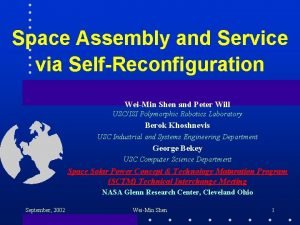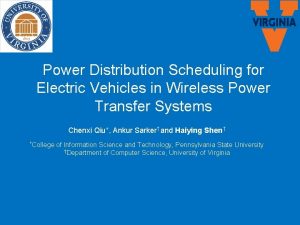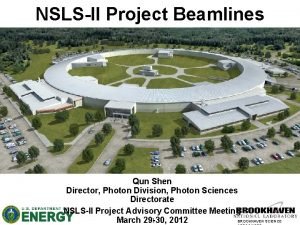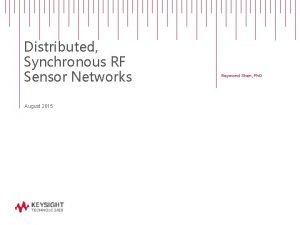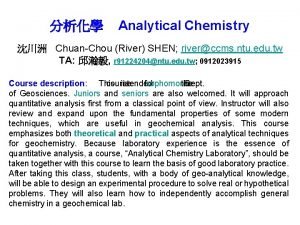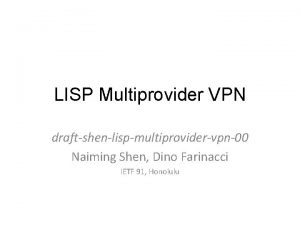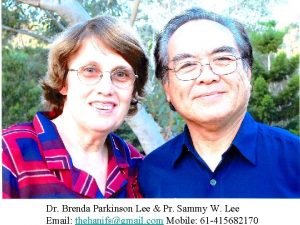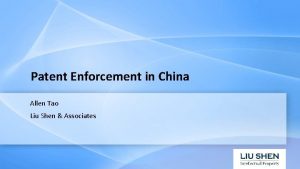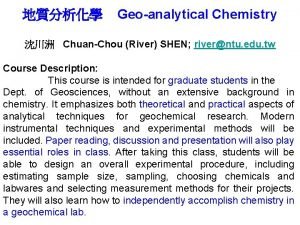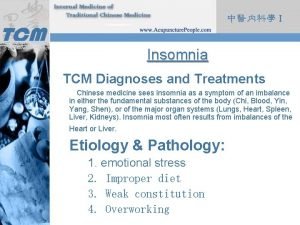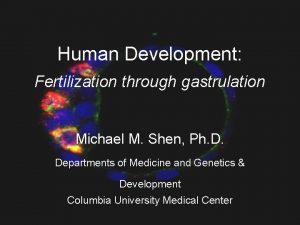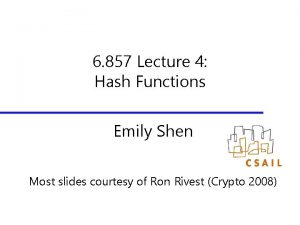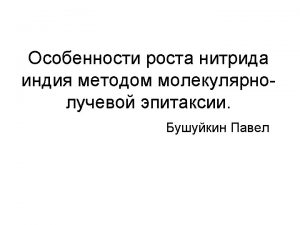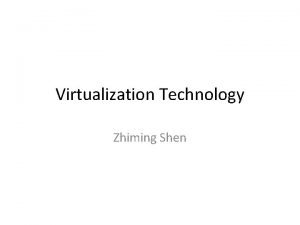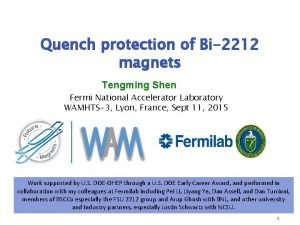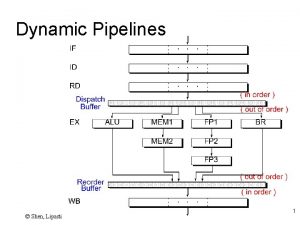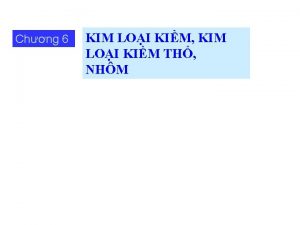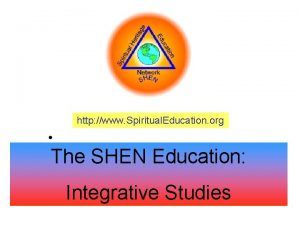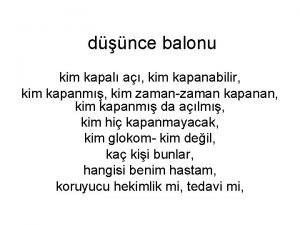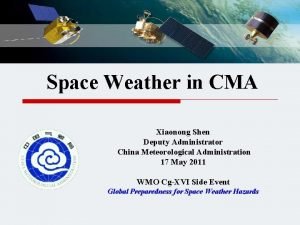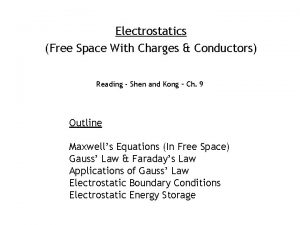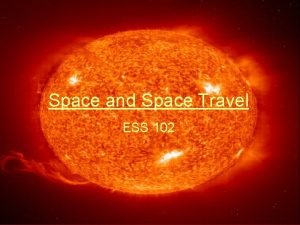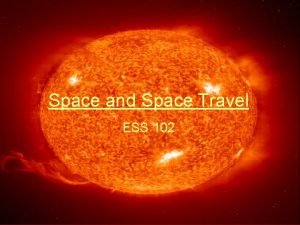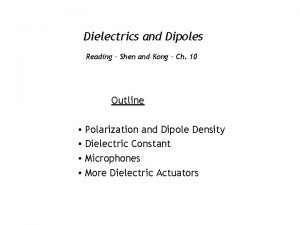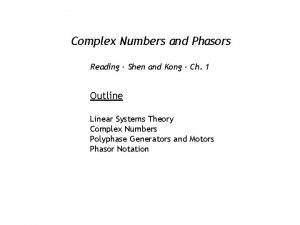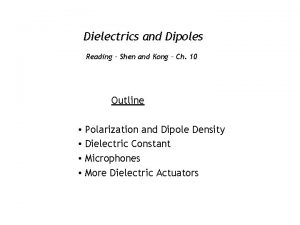SPACE and SPACE Education Module Ge Shen Kim

















- Slides: 17

SPACE and SPACE Education Module Ge, Shen Kim, Hyerim Pop, Virgiliu Satak, Neha

The Vision: A Spacefaring Civilization Image Credit: NASA Ames

Vision through Education

What is SPACE? • The Scientific Preparatory Academy for Cosmic Explorers (SPACE) will – Combine rigorous educational program with hands-on space research and development – Complement the existing graduate space university, the International Space University (ISU), with an undergraduate university – Provide a platform for international collaboration – Develop a roadmap for space habitation

SPACE Model for Education: I 2 H

SPACE Curriculum

SPACE Education

Hands-on Emphasis • The S. P. A. C. E. will provide students with the opportunity to participate in space mission while they are studying. This will be realized by forming collaboration with private and public space industry in three forms: – Research contracts from private space industry – Small space industry incubation – Research contracts from public space organizations

Diversity Emphasis • Diversity is infused at the SPACE through multiple tactics: – Establish university scholarships for citizens of developing areas. – Hire talents from around the world with no preference to particular areas. – Encourage cross-cultural learning by requiring all students to learn at least one other language through their education. – Provide a collaboration platform for private industries and public institutions around the world

SPACE Structured Plan of Action Events (July 2012 – ∞) Educational Module (December 2013 – ∞) University (January 2015 – ∞) 1. Conferences 2. Retreats Abroad Space Design Program Permanent R&D University

1 st SPACE Conference on Isle of Man July 9 -10, 2012 Visit www. spaceconf. com for more info.

1 st SPACE Retreat on Tenerife Jan 8 – Jan 22, 2013 • Informal winter un-conference where we – Encourage individual and collaborative research – Tour observatories and wonders of Tenerife • Visit www. spaceretreat. org for more info.

SPACE Education Module • Rigorous educational program engages participants in solving real world problems on space missions guided by experienced professionals. • SPACE will develop the program and work with host universities at any location in the world.

SPACE Education Module Benefits for Students Benefits for Host University Engage in real-world projects which will be realized Acquire increased publicity Internship at SPACE and participation in SPACE events Develop an edge over competitors Acquire technical skills useful in Strengthen the country’s space many industries program Increased potential for employment in the space industry Profit by offering courses to external students

Week 1 Week 2 Week 3 Week 4 Week 5 Week 6 Week 7 Week 8 PTAR Presentation Week 9 Week 10 Week 11 Week 12 Week 13 Week 14 Week 15 Week 16 CDR Presentation Phase I (Introduction) Problem Introduction Literature Survey by class Technical research Introduction to tools required Group exercises Technical research continue Group exercises and analysis Define team roles Define contractor teams Define member roles Phase II (Conceptual Design Phase) Conceptual Mission Design Informative lectures Selection of Design Program Manager, Assistant Program Manager and Technical Team Leads are selected. Phase III (Component Design Phase) Component Design Special Lectures Component Design Subsystem Integration Component Design Subsystem Integration Final Report Final Review Education Module Full Program Phase I is four weeks long and is composed primarily of lectures, homework, and group exercises in class. Phase III, the last part of the course, comprises the component design phase. Technical Groups will be formed and a Technical Group Leader (TGL) for each will be chosen. Phase II (four weeks long) is the conceptual design phase for the mission using the technical research done in Phase I. The fourth week of Phase II will be dedicated to Preliminary Technical Approach Reviews (PTAR), where each group presents their preliminary designs to the class.

Education Module Shorter Program Day 1 – 4 Day 5 Day 6 Project Introduction Literature Survey by class Homework and Presentation Define team roles (end of day 4) Introduction to required tools Set goals and allocate tasks Group Presentation to class Day 7 – 10 Discussions about tools required with specific groups Preliminary Designs & Development Day 11 Design Refinement & Integration Day 12 PDR Presentation Daily Activities: Lectures (3 hours) Team work (3 hours) Q&A (1 hour)

Questions?

